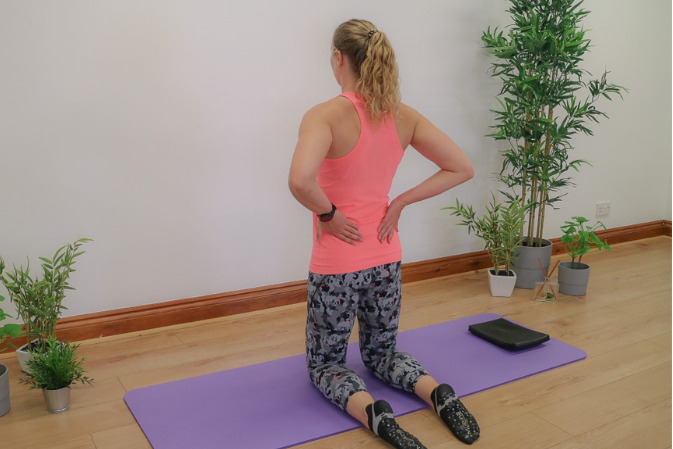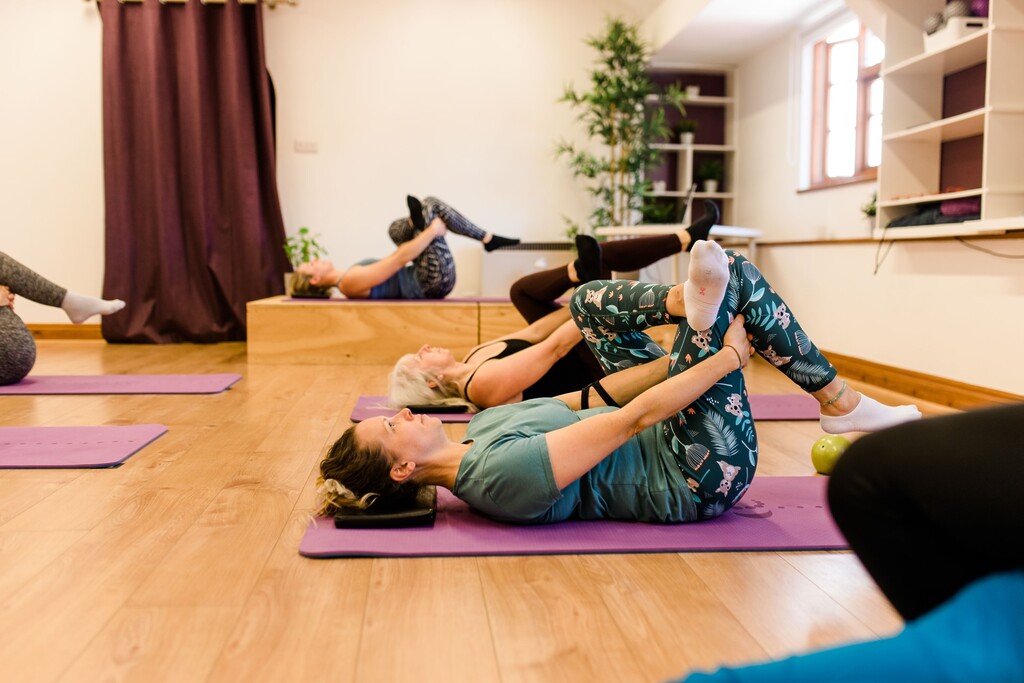When someone seeks my help with their back pain, they’ve often tried other things they hope will help in vain. Could it be that, like my patients, the things you’re trying to help your back pain just aren’t addressing the cause of the problem and giving you that long-lasting solution?
Here are some back pain myths I hear all the time:
Rest is best for back pain
Taking things a little easier during an acute flare up of back pain can help. However if you rest too much, your back is likely to become both stiffer and weaker. And, you’ve guessed it, the stiffer & weaker your back becomes, the more likely it is to give you jip.
Instead, try making regular changes to your position. This helps keep your back mobile & helps reduce sensitivity.
Painkillers will take your back pain away
Painkillers have their place in short-term management of back pain, especially when it first starts. However, it’s not something you want to be relying on long term. All medication has side effects, so why would you want to put medication into your body if there is a way to manage without it? (Please always consult your GP to find out if pain relief is appropriate for you).
Instead, try some relaxation techniques. These can be really helpful in reducing pain! Relaxation techniques calm our nervous system, helping our body experience a pain-relieving response.
Avoid your day-to-day activities
If your back is hurting, you may think that avoiding your day-to-day activities will help. You might also be worried about causing further damage to your back by doing the shopping, hoovering or washing up.
However, if you pace yourself with your day-to-day activities, it’s likely your back pain will settle much more quickly. By breaking tasks up and spreading them over the week, you’ll still get them done. This means you’ve kept your back moving little and often (which will help it). You’ll also feel much less stressed (as you’ve still got things done!). We want to do anything we can to reduce stress in our bodies.
Getting a scan, XRAY, or MRI will solve your back pain
So many people suffering with back pain think that if they having a scan means they’ll know what’s going on. They think by having a scan first, they can then get the right treatment to help.
However, reports from scans are likely to cause more fear about your back pain. This is because reports often use long words to describe changes that are normal age related changes within our back. Lots of research studies have been done on MRI scans of people with no back pain, and these changes were still seen. The studies show changes happen in structures of our back with age, just like we get grey hair or wrinkles. As we age, changes happen on both the outside and insides of our bodies. And the changes seen are not causing pain, but they’re actually normal changes that happen to all of us as we age.
By waiting to have a scan, then waiting for results before you start trying other things to help your back, you’re delaying taking action to help your back feel better as soon as possible!
How about, instead of taking time and energy going back and forth to your GP to try and get a scan, spend your time working out ways to improve your sleep. Getting 7-9 hours of sleep consistently each night can really help an episode of back pain to settle, as it gives your body the time it needs to recover.
Chiropractors realigning your spine will cure your back pain
Whilst I’m sure there are some brilliant, ethical chiropractors out there, be cautious of the treatments they offer you. If you see a chiropractor for your back pain, it’s common that they’ll firstly take an XRAY of your back, then tell you your spine is out of alignment. Then they’ll try to sell you their package costing several thousand pounds to resolve it.
Then, when they perform their treatment, they often only provide manipulations (clicking your back). This clicking isn’t realigning your spine (this is only possible with surgery!). The clicking is in fact just a little pocket of air that has formed in your joint (common and normal in all of us, in all our joints), being pushed out. As this happens, it causes a release of endorphins into your body which can sometimes lead to a temporary reduction in the pain you feel. However, it is not long-lasting, and is not a solution to your back pain.
Instead, try exercises for your back! Stretches can be helpful initially to help you restore range of movement. Cardio exercise such as swimming and walking is really good for increasing blood flow to the soft tissues of your back. And, strength training helps increase what your back can tolerate, making it less sensitive to more demanding activities.
Would you like to know more about how to settle your back pain?
Did you know that by working on a combination of simple steps, you can start to take action to settle your back pain today? And that’s why I’ve created my free guide, 3 Simple Steps to Settle Your Back Pain: to empower you to take control of your back pain & help you on the road to recovery: leaving you feeling stronger, more flexible & more confident. Click here to download my free guide today.



